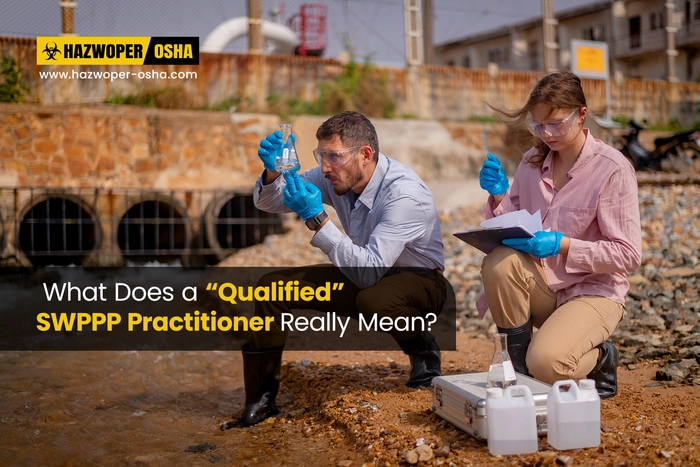How to Meet U.S. DOT Training Regulations for Shipping and Safety Precautions Humans Need to Follow When Handling Lithium?
Handling lithium batteries and cells can be a complicated and potentially hazardous process. In the United States, the U.S. Department of Transportation (DOT) has established strict regulations that govern the shipment of these materials to ensure safety and compliance. This article will explore the key U.S. DOT training regulations for shipping fully regulated and excepted lithium batteries and cells.
Firstly, it's important to understand that there are two types of lithium batteries and cells: fully regulated and excepted. Fully regulated batteries and cells are those that meet certain criteria, such as containing more than a certain amount of lithium. On the other hand, excepted batteries and cells are those that don't meet these criteria and are therefore considered less dangerous to ship.
To comply with U.S. DOT regulations, anyone involved in shipping fully regulated lithium batteries and cells must receive proper training. The training must cover the safe handling and packaging of these materials, as well as the specific regulations that apply to their shipment. The training must covers the security awareness training requirements of the DOT Hazardous Material Regulations (HMR; 49 CFR Parts 171-180). Also, OSHA requires that employees whose job function directly affects the safe transportation of hazardous materials must receive training within 90 days after employment or a change in job function.
The U.S. DOT requires that all packages containing these materials be properly labeled with a lithium battery mark and other required information, such as the UN number and proper shipping name. In addition, shippers must provide proper documentation, shipping manifest, including a shipping paper or air waybill.
We invite you to explore our online library of Lithium courses that comprehensively cover the OSHA and DOT requirements.
In summary, the U.S. DOT has established strict training regulations for the shipment of fully regulated and excepted lithium batteries and cells to ensure safety and compliance. Anyone involved in shipping these materials must receive proper training on the safe handling and packaging of these materials, as well as the specific regulations that apply to their shipment. By following these regulations, shippers can help ensure the safe and compliant transportation of these potentially hazardous materials.
Some of the key safety precautions that humans need to follow when handling lithium include:
1. Proper protective gear: Wear personal protective equipment such as gloves, goggles, and lab coats to avoid skin or eye contact with lithium.
2. Proper storage: Store lithium in a cool, dry place away from sources of heat and moisture to avoid any reactions or hazards.
3. Proper handling: Lithium should be handled with care, using tools made of non-reactive materials. Avoid contact with skin or any other body part.
4. Ventilation: Work in well-ventilated areas to avoid inhalation of dust or fumes, which can cause respiratory irritation.
5. Fire safety: Lithium can ignite when exposed to air, so it is important to avoid open flames, sparks, or smoking when handling lithium. Also, keep fire extinguishers nearby.
6. Emergency response: Be aware of emergency response procedures in case of accidents, and know how to properly extinguish any fires that may occur.
7. Disposal: Always dispose of lithium according to local and federal regulations. Do not dispose of lithium in the trash or other general waste streams.
What is the number of Lewis dots present in lithium?
Being a member of Group 1 in the periodic table, lithium possesses just one valence electron which resides in the 2s orbital. This solitary electron is denoted as a dot around the symbol of lithium.

 EN |
EN |  ES
ES






























































































































